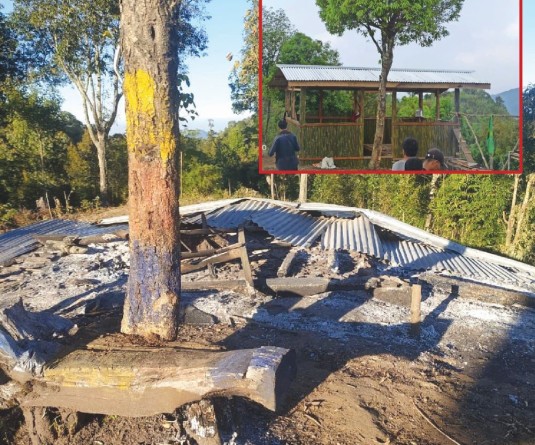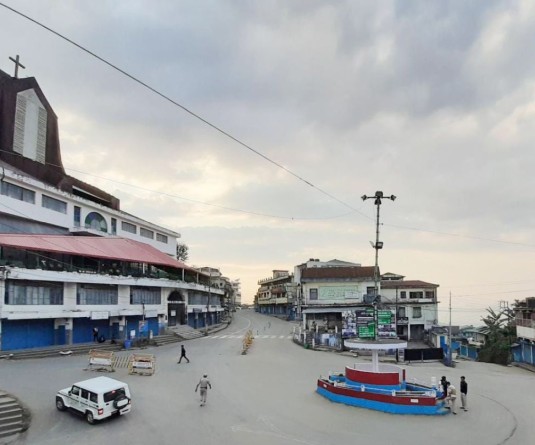
Dimapur, July 1 (MExN): For the very first time, five ancestral settlement sites within Nagaland have been scientifically investigated and the first results of the chronological age of the sites have been obtained, informed Dr.I.Anungla Aier Project Coordinator Anthropological Society of Nagaland, Kohima.
It was informed that the research program launched in April 2007 was carried out under the aegis of the research project Cultural History, Ethnography and the Physical Characteristics of Nagas of Nagaland by the Anthropological Society of Nagaland, sponsored by the Department of Art & Culture, Government of Nagaland. “Given the broad objective, an interdisciplinary approach comprising of Folklore and Oral tradition, Archaeological exploration, Rituals and Festivals, and Physical/Morphological features of the Naga tribes were adopted”, stated the press note.
The first phase of the project covered the tribes of Kohima, Phek, and Mokokchung Districts. The Folklore and Oral tradition, Symbolism of Rituals and Festivals, and the Physical features of the various tribes were documented. Based on the study of oral tradition and folklore of the tribes, five prominent ancient settlement sites considered as important centres of population dispersal were identified. An archaeological investigation was also carried out at the ancestral site at Chungliyimti, it informed.
Archaeological excavations were conducted at four of the ancestral settlement sites in the second phase of the project. The archaeological investigation has revealed the dates of the sites extending back to as early as 7th cent. AD, the press note informed. The radiocarbon dates obtained from the Beta Analytic Inc., Miami, Florida and Birbal Sahni Institute of Palaeobotany, Lucknow from all the sites under excavation is a major breakthrough in the Archaeology of Northeast India.
The Anthropological Society of Nagaland has also termed as significant the discovery of an early Neolithic cave site in the vicinity of Mimi village from the Naga Ophiolite Belt area in Kiphire District bordering Myanmar. Few Neolithic tools, ash deposits, cord marked potteries, animal bones, and a human burial were excavated from the limestone cave, it disclosed. An AMS (Accelerator Mass Spectrometry) date on the ash deposit obtained from the Beta Analytic Inc., Miami, Florida place the site within Circa Cal. BC 4460 − 4340. The team led by Dr. Tiatoshi Jamir and two other archaeologists Dr. David Tetso and Dr. Zokho Venuh who carried out the excavation has been conducting extensive exploration on the limestone caves since the early part of January this year.
According to the archaeologists, the date is significant as far as the Neolithic sites of Eastern and Northeastern region are concerned as it further pushes back the beginning of the Neolithic in the region. Thus far, no Neolithic site of this antiquity has been reported from the Eastern and Northeastern region of India. Study on the ash deposits for identification of botanical remains, animal and human remains are currently underway and it is hoped that more scientific data on the cave evidence will come to light.
The society was of the view that the Indo-Myanmar border is considered as an important corridor as far as human migrations are concerned. Further exploration and excavation will be concentrated in this current year of research to map out the distribution of inhabited cave sites. The results of scientific dates of the Naga ancestral sites so far dated are given herewith (in box). However, it is also to be noted that the results of few other samples from the sites of New Phor, Chungliyimti, Khusomi and Movolomi are still awaited.






